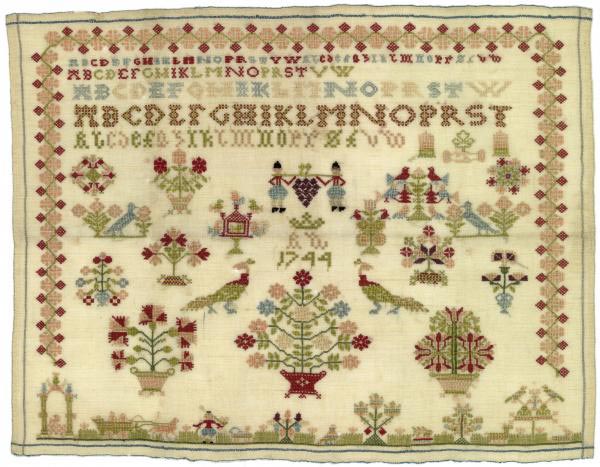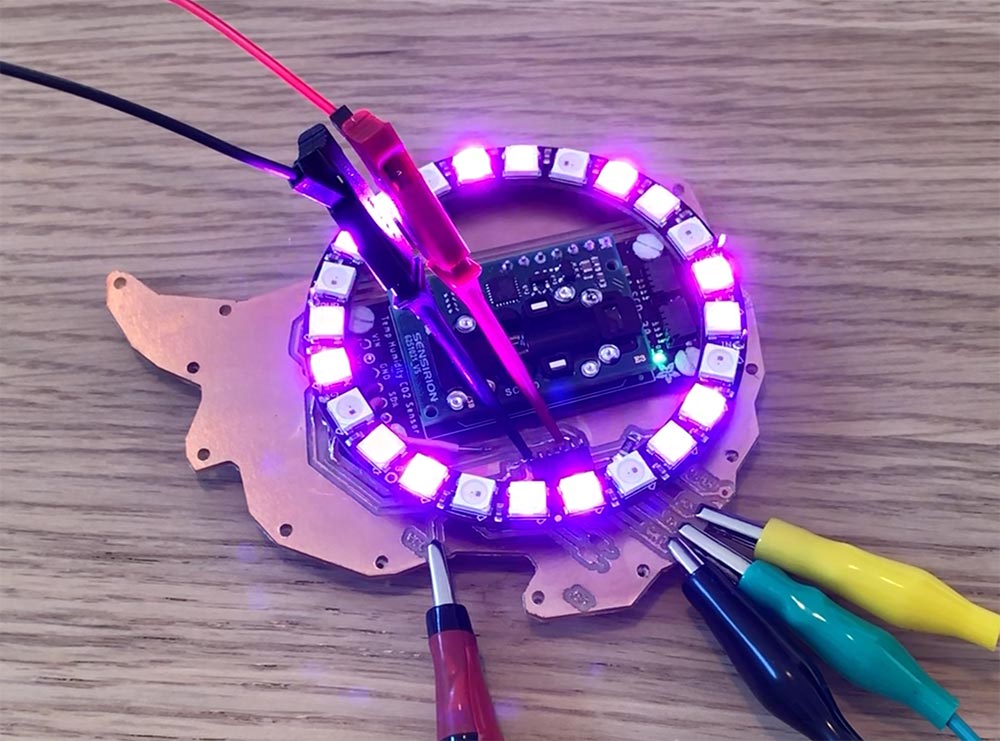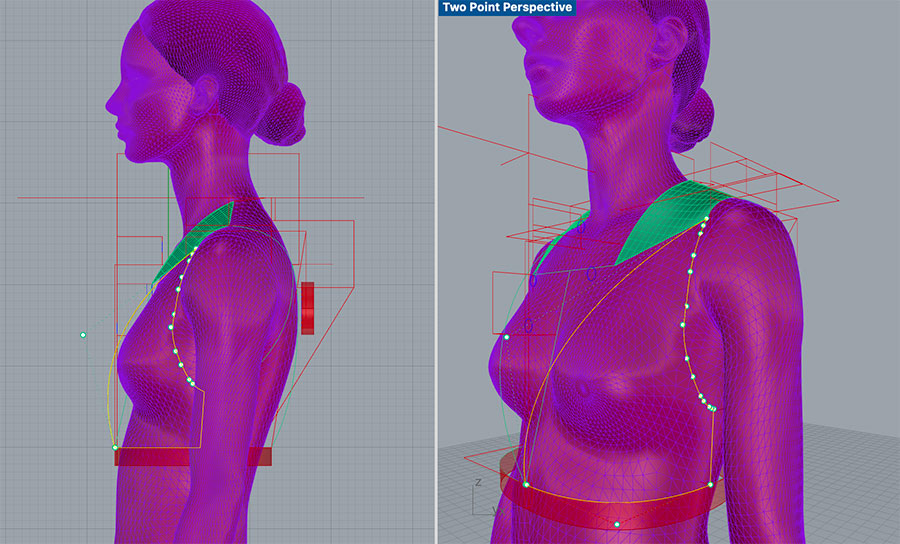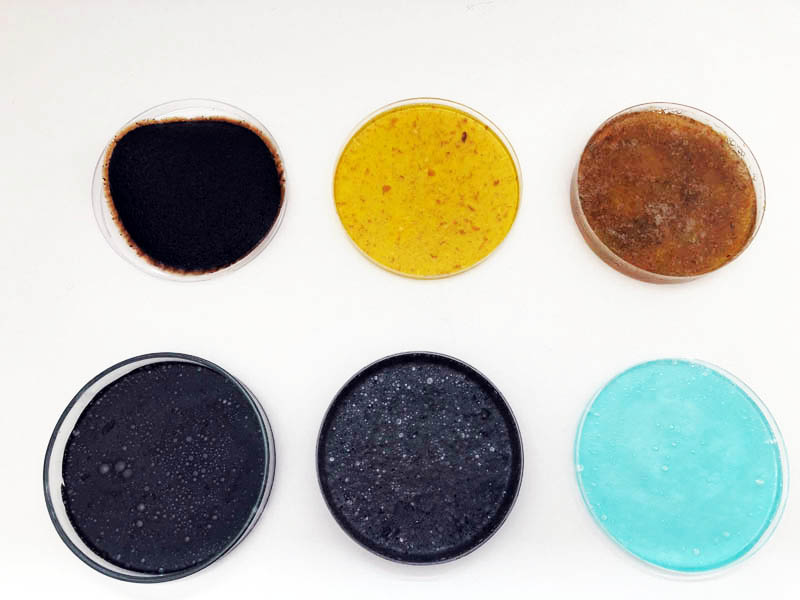Week 1b Principles and Practices

The first ideas and sketches for the final project are documented in this article.
Summary
This week we worked on defining our final project idea. This article covers the problem description, Fab Academy project, design process.
Assignments
- Sketch your final project idea(s)
- Describe what it will do and who will use it
Learning outcomes
- Communicate an initial project proposal
Project contours
For this Fab Academy final project, I’m going to work on a problem that deserves more attention.
Buildings make us sick.
As we have seen in the news, poor indoor climate in buildings result in a rapid spread of infectious disease, such as COVID-19. According to this Bloomberg article by Caroline Winter, people in the Western world spend 90% of their time indoors.
Have you ever heard of the Sick Building Syndrome (SBS)? This term is used to describe situations in which building occupants experience acute health and comfort effects that appear to be linked to time spent in a building, but no specific illness or cause can be identified. Most of the complainants report relief soon after leaving the building (source: EPA factsheet, 1991).
It causes a variety of vague symptoms, including:
- Fatigue
- Headaches
- Irritation of eyes, throat, nose, skin
- Nausea
- Difficulty concentrating
- Muscle aches
- Lethargy
- Chills and/or fever
An unhealthy indoor environment is leading to a significant reduction of productivity at work (or at home). The facts: 57% of all employee illnesses can be traced back to unhealthy air quality (Harvard study, 2020). This is leading to high costs for employers.
Root causes
What are root causes for this?
- Poor indoor air quality
- Toxic materials
- Sterile environment, less exposure to nature and its microbes
Solution space
Proposed solutions for this problem are threefold:
- Measure, measure, measure:
- Air quality
- Health indicators
- Reduce negative impact:
- Air quality measures: open windows
- Remove toxic materials
- Create positive impact:
- Circular economy and healthier materials
- More green in the building: positive microbes
The Fab Academy final project will tap into each of these dimensions.
Fab Academy project
In this section, the scope and aim of the project will be explained, the design intervention and constraints, first sketches and sensors.
Scope and aim
The aim of this project is not to create a product that can be commercialized and mass produced. Instead, this is a one-of-its-kind artistic exploration in which ancient history and modern technology will be merged.
This is an exploratory study at the convergence of the digital and biological. We will take a closer look at the largest sensor of our body: the skin.
Our bodies are interconnected with our environment. We sense, register, and act upon external impulses. It is an interface for processing information. The sensing capabilities of a human body provide similar functions as input-output devices, yet more complex.
When our indoor environments are unhealthy, we can experience a system overload. This is not conductive to our health, productivity, and happiness. Therefore, the main question we will ask, is:
How to Heal a Building?
Possible design interventions will be examined in the next section.
Design intervention
In this Fab Academy, I will explore the following:
- Sensing device to alert you when you enter an unhealthy building or room
- Application that provides advice and a step-by-step roadmap
- Identify the root cause by measuring it and eliminating options
- Track personal progress along the way → data visualization
- Healthy material database
- Practical tips & tools to get a healthy building
Who will use it? People who might suffer from the Sick Building Syndrome and want to improve their indoor environment.
Design constraints
To align this project with my interests, I have two additional design constraints:
- Combine elements from ancient Frisian history with modern technology
- Minimize the use of resources, if possible work with recycled and/or bio-based materials
The first is there to accelerate my personal journey and potentially link it to local outreach programs in the future. The latter because I’m professionally contributing to sustainability and the circular economy. Therefore, circular principles will be leading in my designs.
Frisian ancestry
The main inspiration for this device is the “oorijzer”, an “ear iron” which is a piece of metal headgear worn in the Netherlands during the 16th to 20th century. They were used to keep a cap in place.

Image courtesy: Fries Museum
Throughout the centuries, these were worn as part of a traditional costume. The pictures below were taken in the Fries Museum.

Secondly, Frisian embroidery. This is a collection of over 600 embroidery patterns from the 17th to 20th century. For example, this piece made by a Frisian girl in 1860. The second was made in 1744.


Image courtesy: Fries Museum and Tresoar
First sketches
Hand sketch with a first concept.

To extend the hand-drawing practice, I’m learning to work with an Apple pencil on an iPad. There are many apps for drawing, including:
- Adobe Sketch
- Adobe Illustrator
- Adobe Fresco
- Sketches
- Procreate
However, the sketch below was made in Notes. I really have to get used to the interface of all the tools and the ‘feel’ of drawing digitally. In the sketch, three functions of the skin are mapped on three parts of the final project. These are: sensation, protection and regulation.

Sensation is about an immersive experience where environmental data is conceptualized in alternative ways, for example with light. This makes an abstract concept such as atmospheric CO2 concentration more tangible.
Protection is the softness provided by lightweight materials. Structural design properties allow for intrinsic strength, making it a comfortable wearable.
Regulation is the feedback mechanism of the system. This is provided by the microcontroller. It is programmed to seamlessly connect the input and output devices.
Electronics
The wearable will be equipped with environmental sensors. This detection device will contain the following sensors:
- CO₂ sensor
- Dust sensor
- Humidity sensor
- Temperature
For visualizing the environmental data, the following output devices are used:
- LEDs
- Perhaps sound? But only if there is time.
These will be used in the “Sensation” part of the project.
Fabrication methods
The following fabrication methods will be deployed:
- 3D printing for creating rigid and structural parts of the wearable.
- Laser cutting for foldable structures and fabric-like materials used in the “Protection” part of the project.
- Biofabrication for making 1) a bioplastic sheet material that replaces acrylic in this final project and 2) pourable or 3D-printable bio-filament.
- Molding and casting of a biomaterial, depending on the material properties.
- Small milling for creating Printed Circuit Boards (PCB) that connect the CO2 sensor and other sensors to the output device(s).

Learning objectives
During Fab Academy I aim to develop skills in the following areas:
- Parametric design
- Data visualization
- Graphic design
- Electronics
And finally, I will try to squeeze in as much biology as possible. You can expect:
- Biomimicry
- DIY bio experiments
If you want to learn more about this final project, check out the final project page.



